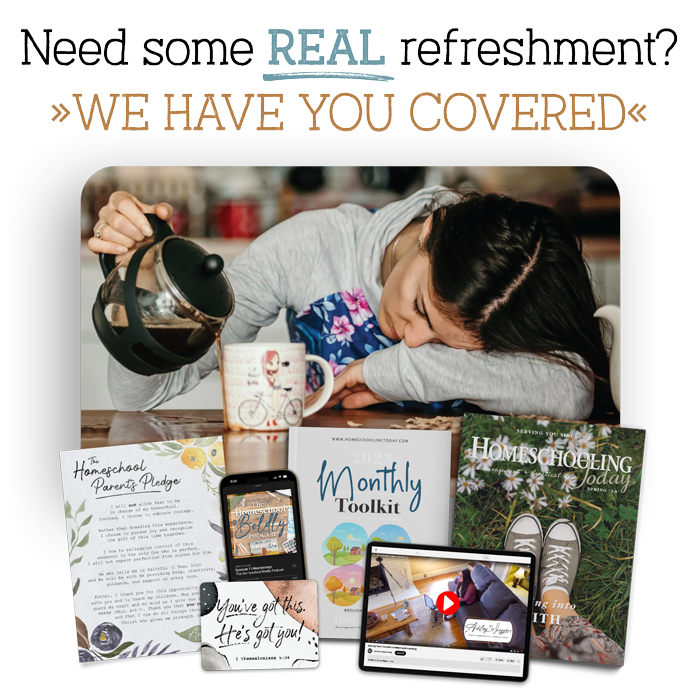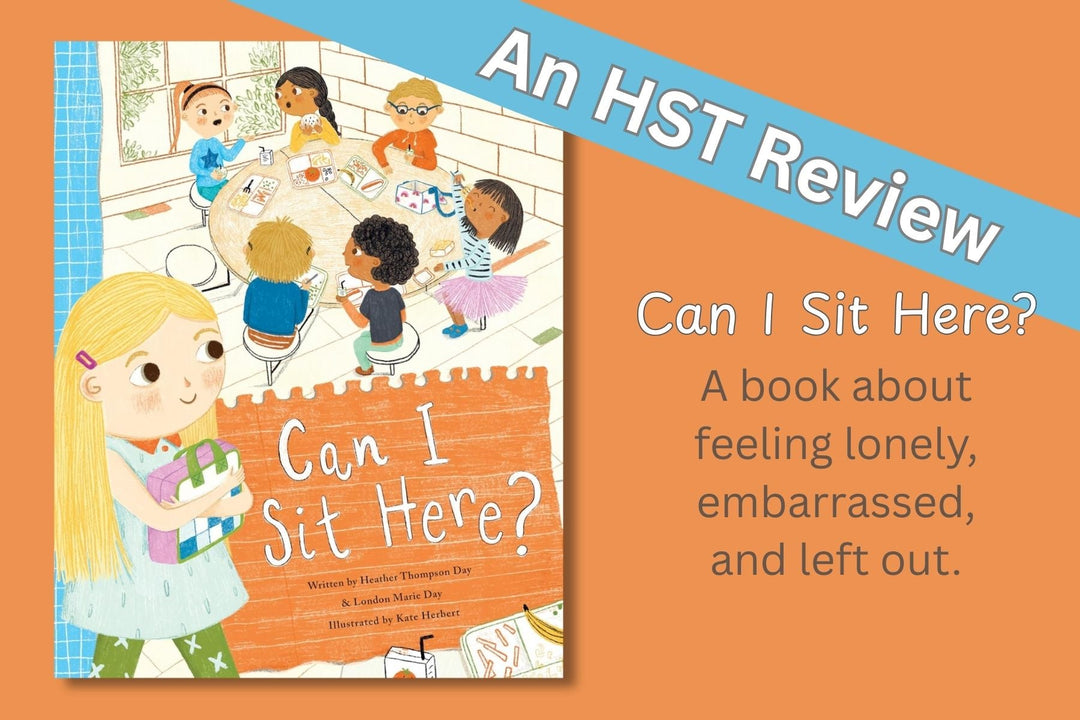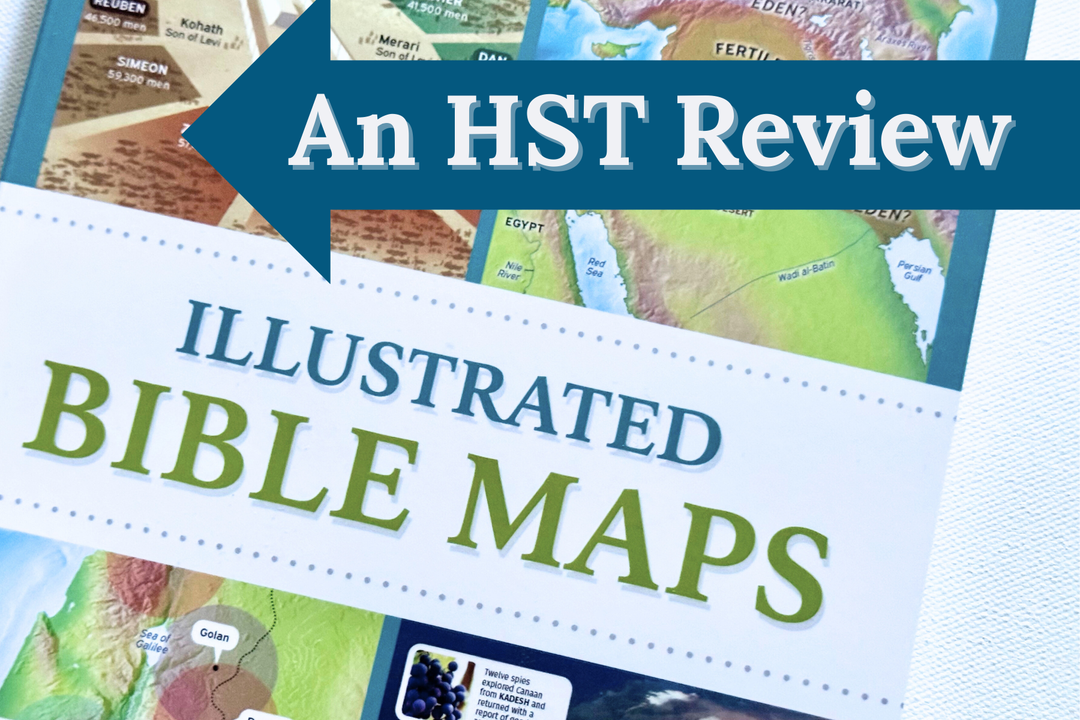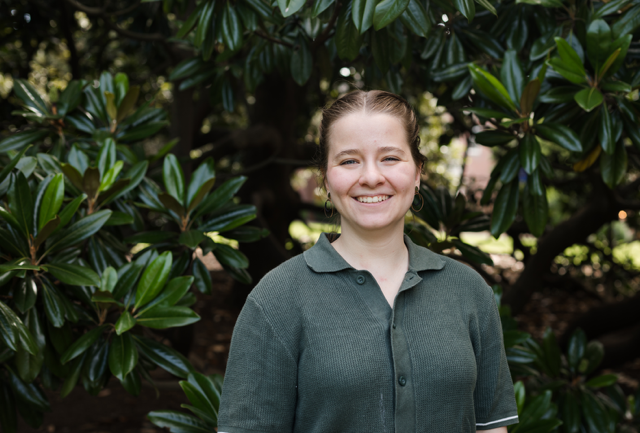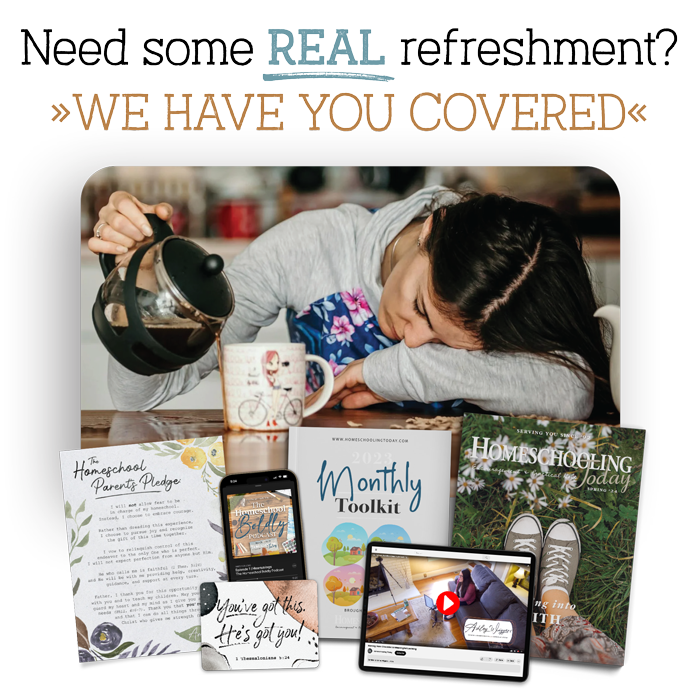Minimalist Homeschooling: How to Declutter Your Homeschool Area
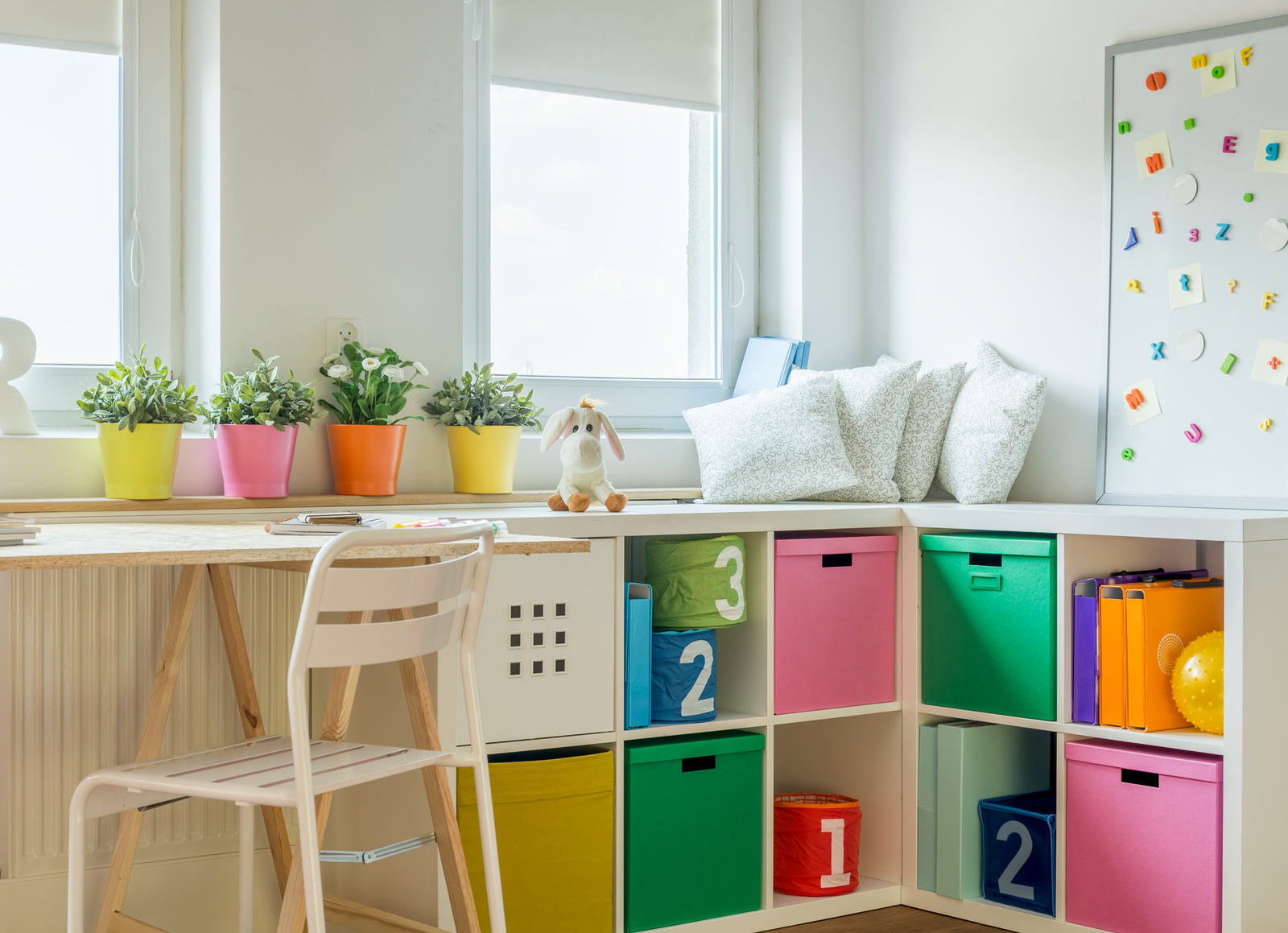
Welcome to our new series, Minimalist Homeschooling. Learn how to get rid of the things you don't need in your homeschool so you can focus on what is most important. We'll be talking about decluttering, organization, and choosing the best!
Maybe you look around and feel overwhelmed. There's so much to do, you can't seem to fit it all in—whether it's homeschooling, cooking meals, or cleaning the house. You're frustrated because even though you've tried to organize everything, you just can't tame the chaos. You long for something simpler. What's the answer? Minimalist homeschooling.
Minimalism. That word might bring up ideas of people living in tiny houses or only owning a hundred items. For most people though, neither of those are realistic—or even appealing.
Minimalism isn't about the size of your house, or how many items you own. It's about choosing to surround yourself with what you need and love. It's about getting rid of the clutter so you can focus on what matters most.
Minimalist homeschooling is about the same thing.
You Can't Clean (or Organize) Clutter
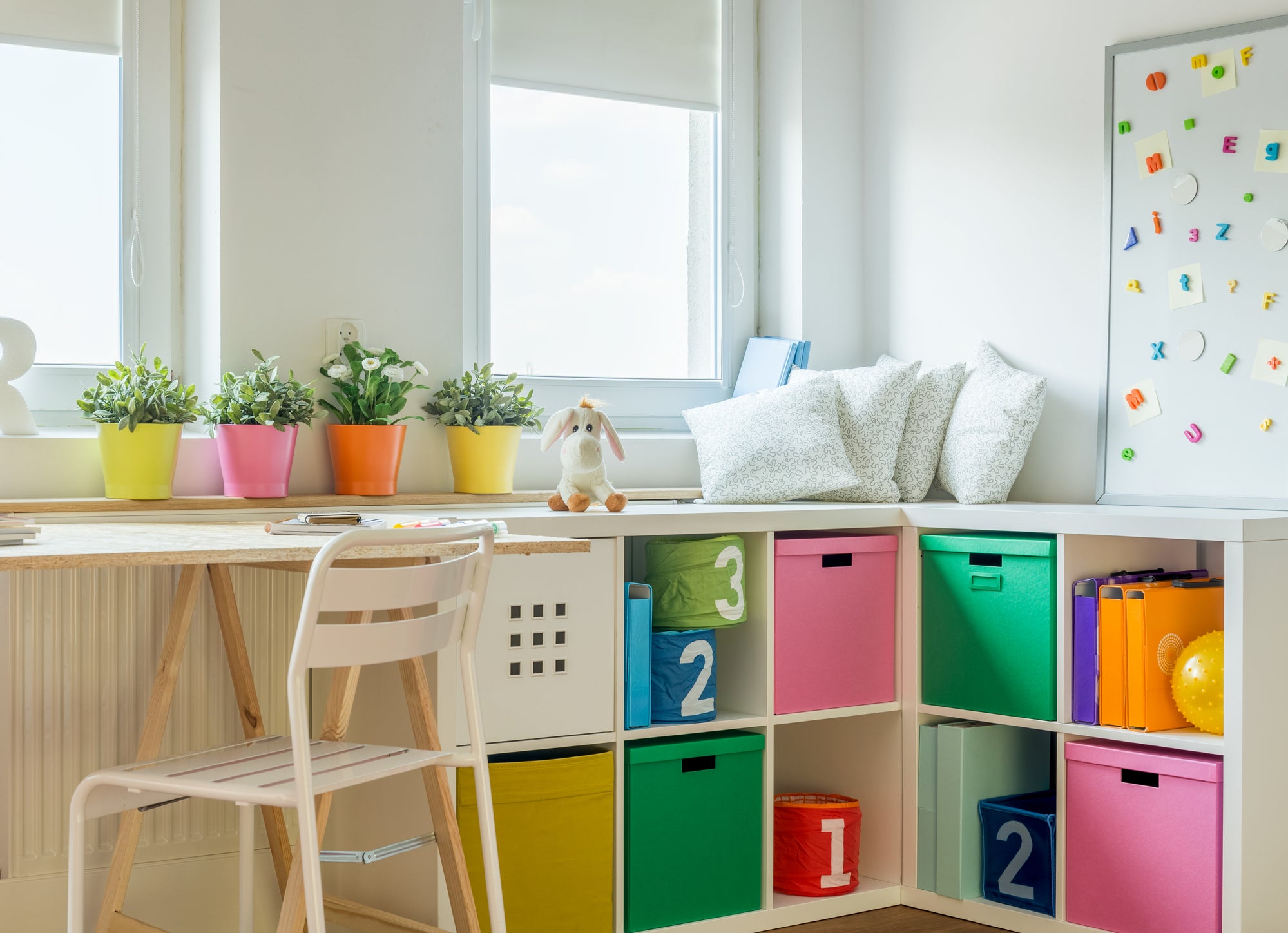
Our bedroom became a dumping ground. I know...not a good idea. It's supposed to be a peaceful, restful place. But for some reason a corner of it became the "just-put-it-there-until-you-can-get-to-it" area. Before long it was getting out of control. Do you have a room like that in your house?
But something I remembered from the FlyLady: You can't clean clutter.
You can't organize it either.
So we had to start getting rid of things—not just find a new place for all of our stuff.
Whether you have a separate space for homeschooling or not, your home is where much of the learning happens. And just like a peaceful, restful bedroom makes more sense for sleeping, an uncluttered, organized space for homeschooling makes more sense for learning.
Homeschool Area Decluttering Steps
Maybe even the thought of decluttering feels overwhelming. Don't let that stop you from doing it! If you can dedicate fifteen to thirty minutes a day, you'll be amazed at how much progress you'll make. Get your kids involved too. They are more likely to help you keep things neat when they play a part in doing the work.

Here are some simple steps to help you tame the chaos monster.
1. Identify the excess. Look around the areas where you do school and decide what you have too much of, such as
- Books
- School or craft supplies
- Curriculum
- Resources
- Educational inspiration such as posters and bulletin boards
- Tools like maps, timelines, etc.
- Projects and papers
- Children's artwork
2. Decide what you really need and love. Ask yourself the following questions to help you choose what to keep and what to get rid of:
- Is this something we use on a regular basis? If not, do we really need it?
- Is this something we use every once in a while? Can I store it somewhere else?
- Why am I keeping it? If it is for a sentimental reason, can I take a picture of it instead?
- Can I borrow this from the library or a friend when I need it? (Though I recommend, if you be borrow from a friend be just as generous with loaning something in return.)
- Is this truly educational, or has it become visual clutter? This question is helpful for anything you have hanging on the walls. Often we stop really seeing anything that is right in front of us everyday.
- Does this inspire us or bring a smile to our faces? Does it "spark joy"?
3. Now, get rid of things you don't need or love. No need to feel guilty about it! Libraries often accept donated books, you can sell them, or give them to a local charity. The homeschoolers in our area have a Facebook page where people sell or give away used curriculum, books, and resources.
I promise, after fifteen years of homeschooling, I can say with certainty that less really is more! Having too many things was distracting and guilt-inducing when we didn't use them.
4. Put up anything you don't use regularly. For example, we had a hall closet where we stored craft supplies and educational games.
5. Organize the things you need easy access to. Through the years we used bookshelves, baskets, and workboxes. Our dining hutch became a school hutch with supplies in the drawers and books where dishes would normally go. Instead of hanging timelines and maps on the wall, we began to use ones that folded and would fit in a notebook pocket (like the paper—not laminated—ones from GeoMatters).
6. Be selective about what projects and papers you keep for sentimental reasons. You can purchase a banker's box for each child and put some of your favorites in it each year. Or have them make a notebook that will fit on a bookshelf.
You might even want to create an art display as wall decor where you can easily change out their newest creations.
Minimalism in Homeschooling
When you get rid of the things that are cluttering your homeschool space, you'll be amazed at how much more peaceful the learning environment will be for you and your kids.
There's an added benefit of letting go. You won't feel guilty for not using it. Instead you can focus on the learning going on right in front of you instead.
Next week we'll be looking at another area to declutter: adding more!

Kay Chance homeschooled her two boys for fifteen years. While teaching them, she discovered a passion for writing and developing curriculum resources. She loves sharing natural learning methods and creative lesson ideas with other homeschooling parents in her column Learning Naturally.
Kay is the co-executive editor of Homeschooling Today magazine, author of the older extensions for the Trail Guide to Learning series, and a freelance writer and content creator. She makes her home in Texas with her husband Brian.

